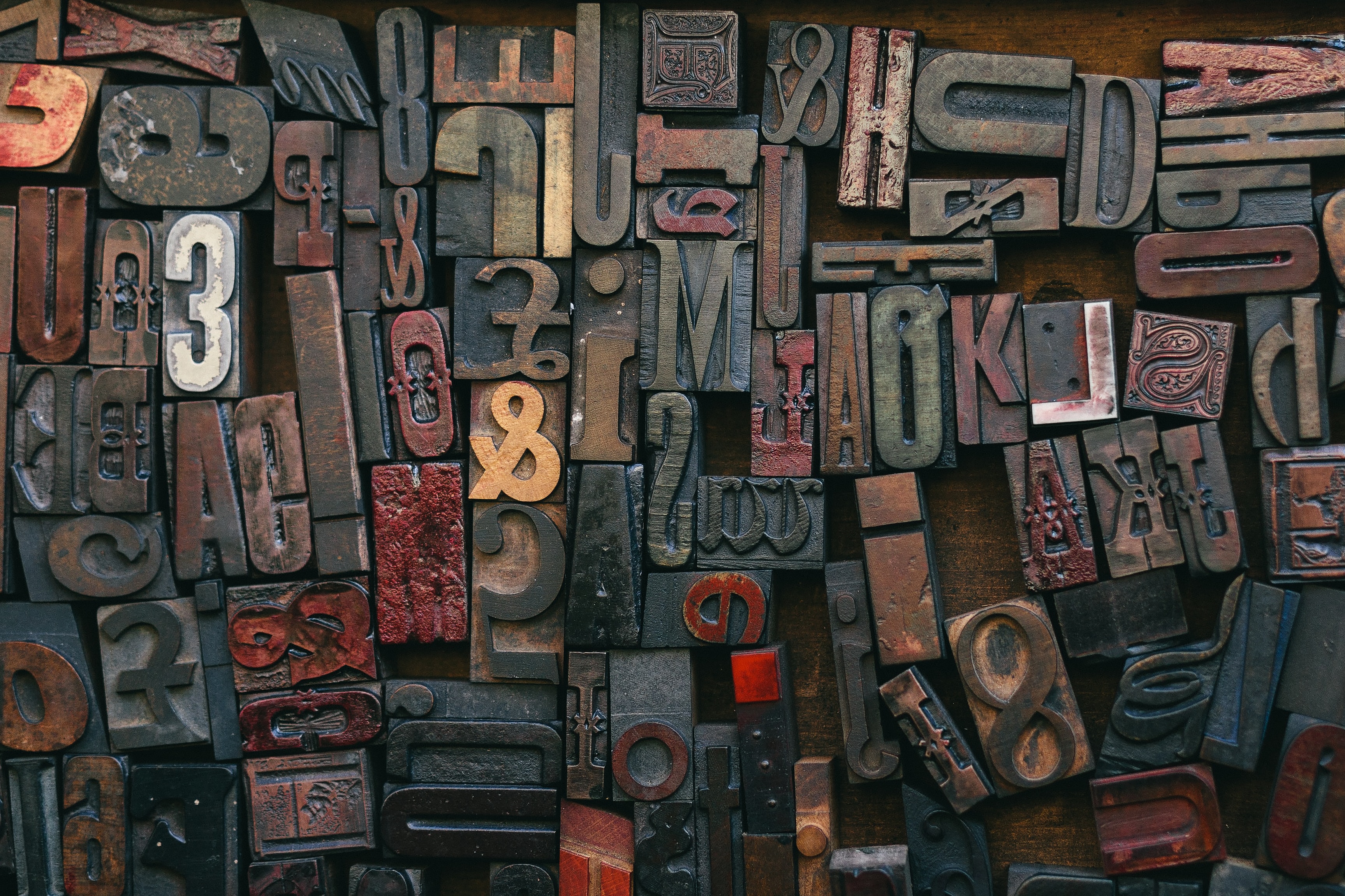The challenges of translating punctuation
Medical Pharmaceutical Translations • May 22, 2023 12:00:00 AM

You should expect a good translator to not only translate words, but adapt content to a target audience’s culture, as well. And there’s another, more subtle aspect of translation that isn’t always talked about, but that a translator should also have down pat: punctuation.
Believe it or not, while many writing systems and cultures share at least some of the same punctuation, not all punctuation marks are used the same way. Even relatively similar languages that share an alphabet and root language may differ widely in the way some of the most common punctuation marks are used.
Here are just a few examples of how widely punctuation can vary between languages (or even within the same language):
● Questions are universal, but the question mark isn’t.
Questions are a part of life, no matter what language you speak. But while many languages use the question mark to signify them in writing, there are exceptions.
For instance, in Greek, a semicolon (;) signifies questions, not the question mark. If this leaves you wondering what the equivalent of a semicolon is in Greek, the answer is a special floating point (·), called an ano teleia. The ano teleia also replaces a colon.
Some other languages keep the question mark but in a slightly different way. For instance, in Spanish, question statements are written with an inverted question mark at the beginning of the statement and a standard question mark at the end (¿….?).
Another variant is the right-facing question mark (؟), used in Urdu, Persian, and Arabic. A logical choice, since these languages are read from right to left. But not all languages that are read from right-to-left follow this punctuation rule. For instance, in Hebrew, the question mark is kept the same as it is in many other, left-to-right written languages (?).
Even languages that have the same question mark may have some special rules tied to its use.
For example, in mainland and Belgian French, question marks (as well as several other types of punctuation, including the exclamation point, semicolon, and colon) are always preceded by a blank space. So it’s not Parlez-vous français? but Parlez-vous français ? But this spacing rule doesn’t apply to Canadian French.
● Air quotes aren’t the only quotation mark variant
When it comes to quotation marks, every language has its own particular rules about when and how to use them.
For instance, American English uses quotation marks while languages like French and Italian use guillemets (<< >>). And in some cases, French and Italian writers eschew any kind of quotation mark altogether, preferring hyphens to indicate dialogue. This is also common in Spanish.
Meanwhile, in a number of other languages, including German and Polish, quotation marks typically start at the bottom of a quote, rather than at the top, and close with placement at the top, like so: „ ”
In Japanese, quotation marks look a bit like what many Westerners would think of as brackets:「」. A quote within a quote takes marks that look like this:『』.
Quotation mark variations can even be found in different forms of English. While quotation marks are used in US English and tend to be used in Canadian and Australian English, the inverted comma is usually used in UK, Irish, and South African English.
And the rules get reversed when it comes to quotes within quotes. Then, types of English that use quotation marks switch to inverted commas, and types of English that use inverted commas switch to quotation marks.
If you’re curious about quotation mark use, including quotes within quotes, this webpage has a helpful chart that features what quotation marks look like in several different languages.
● Some say money’s the universal language, but it isn’t punctuated the same way.
The division between big money and small change, changes around the globe. For instance, while an American would write two-dollars-and-fifty-cents using a decimal: $2.50, many European languages would write that with a comma instead of a decimal: 2,50.
The rules work backwards when talking about big numbers. For instance, an American would write one-hundred-thousand dollars and 50 cents like so: $100,000.50. But many Europeans would write it: 100.000,50.
While this rule is most commonly associated with money, it also applies to these countries’ rules for writing in mathematics as well.
It’s remarkable how these small marks require so much knowledge to be used properly. And keep in mind that ours is only a short list and doesn’t go in-depth into the grammar of the languages we’ve mentioned, let alone other languages that weren’t included here. And we also didn’t go into the myriad of rules and varieties of other types of punctuation, either!
Luckily, a good translator or LSP will be aware of how punctuation is used in different languages (and variants of those languages) and apply that knowledge to their translations. And they’ll be able to answer any questions you might have, no matter how you punctuate them in your emails!
Contact Our Writer – Alysa Salzberg
